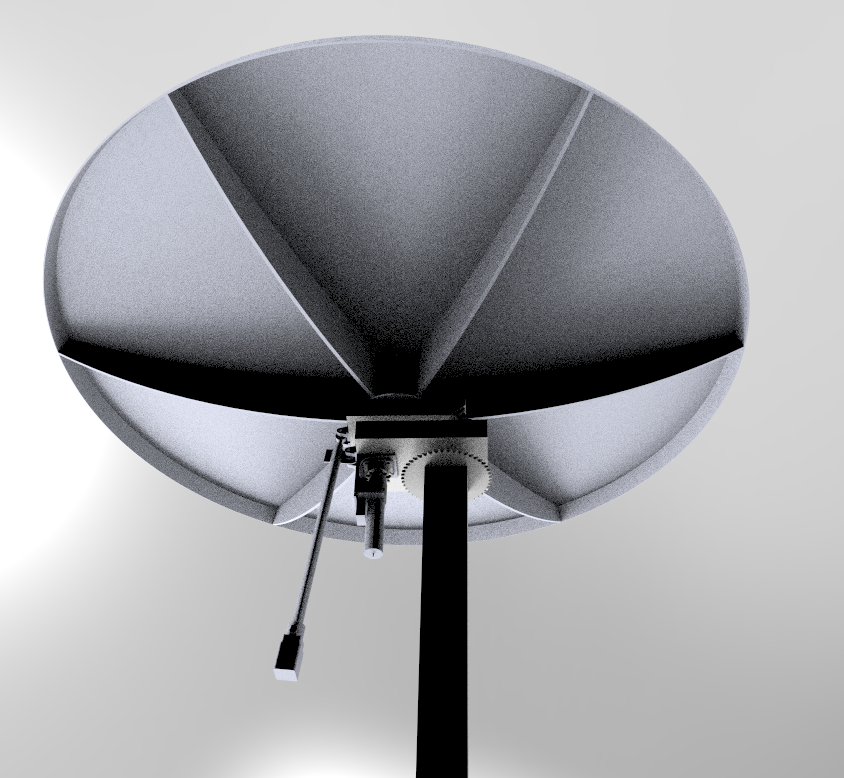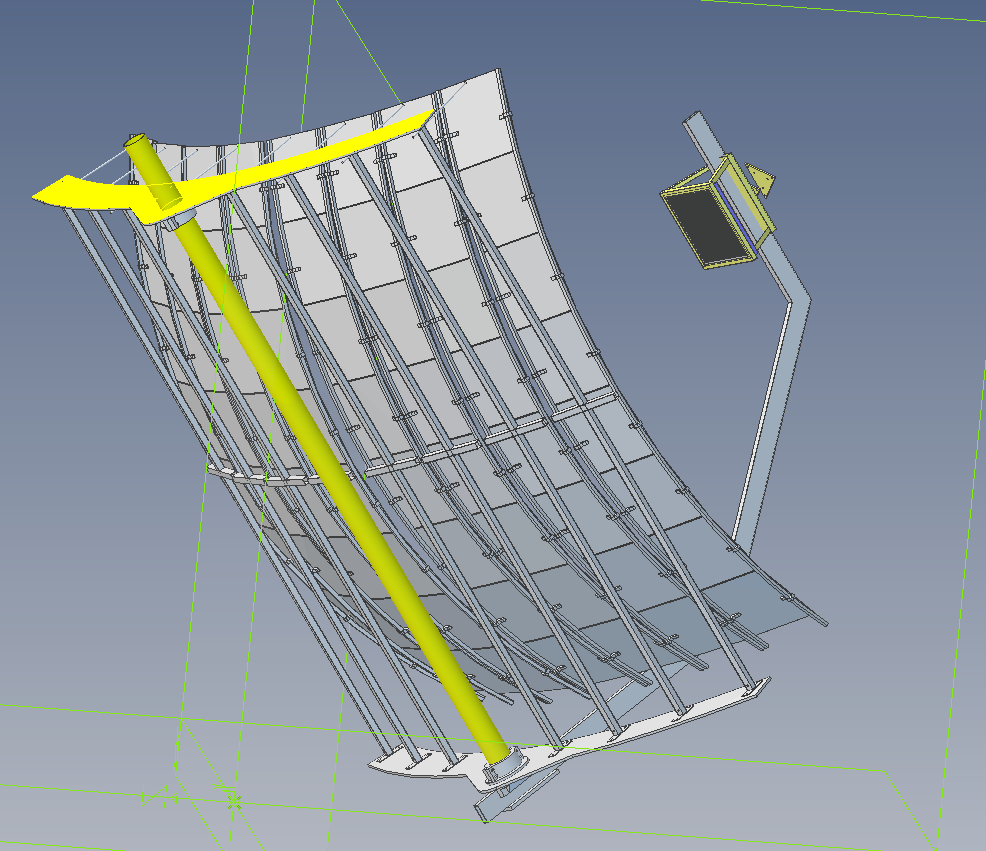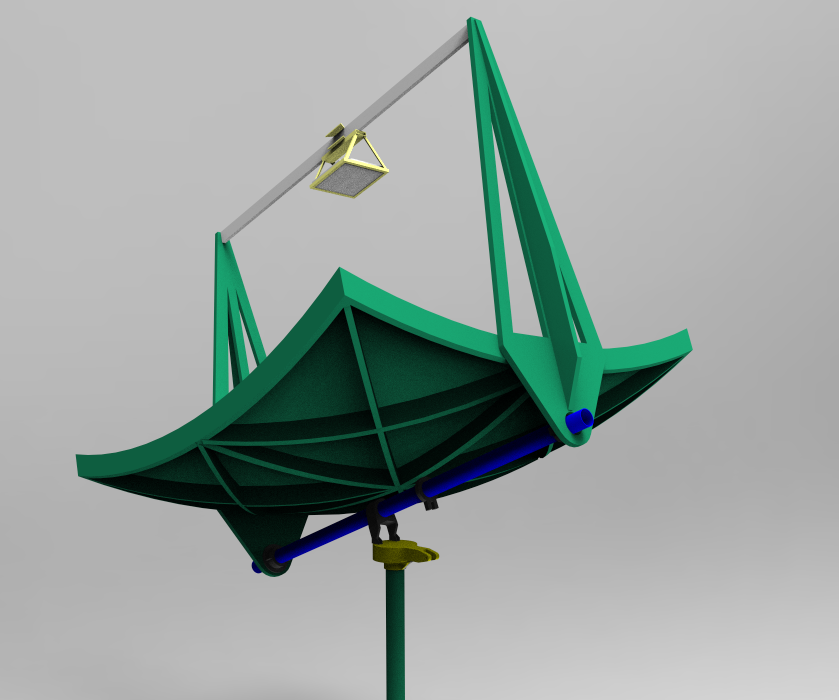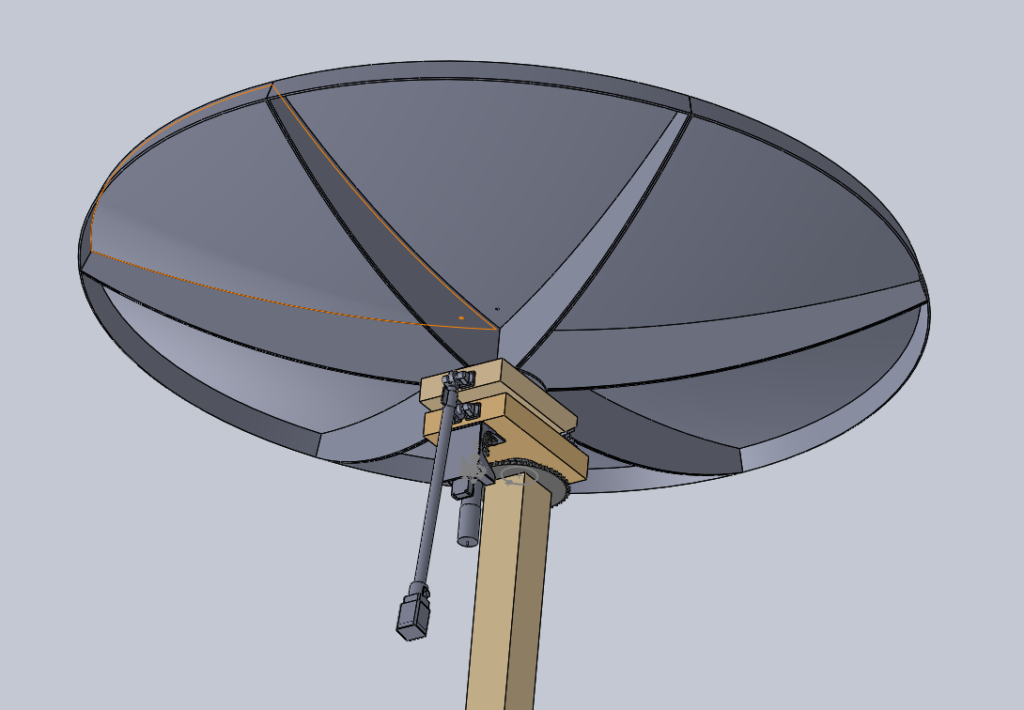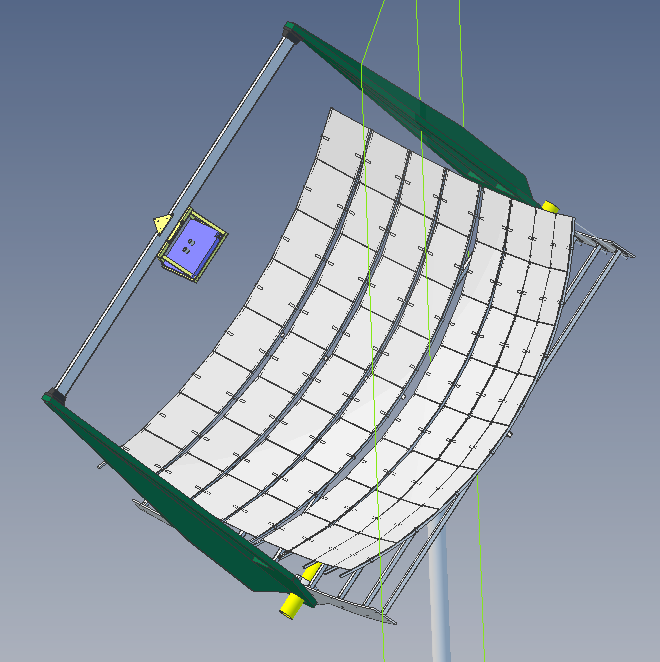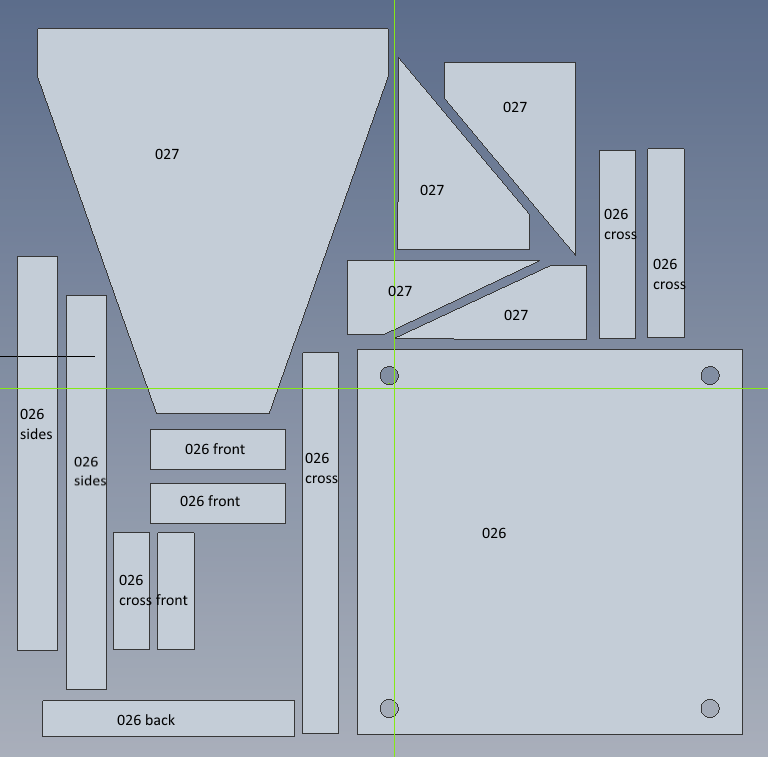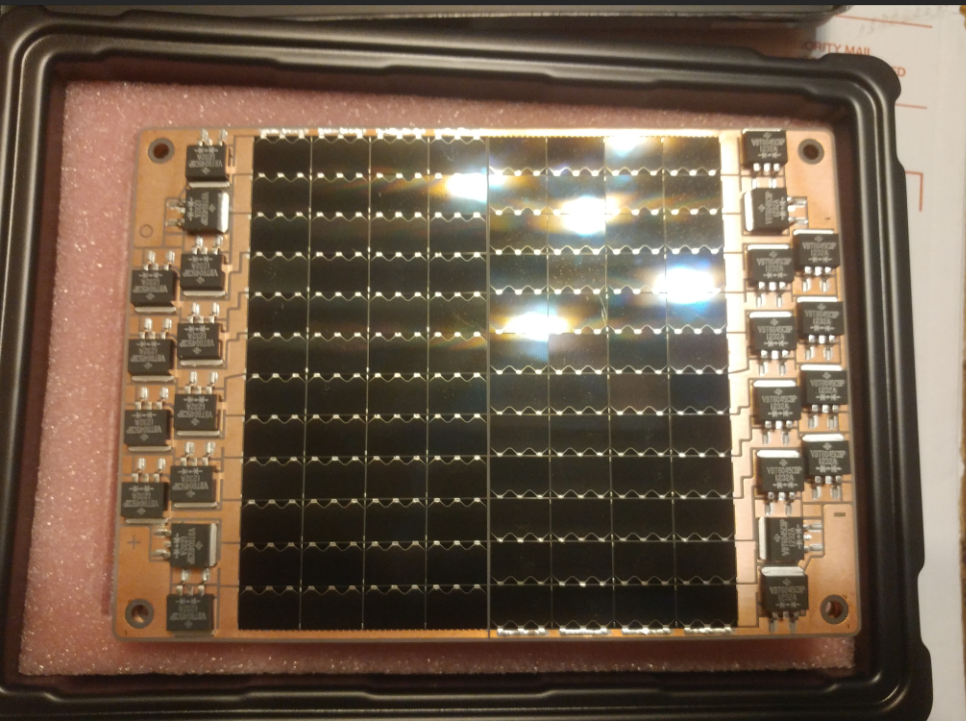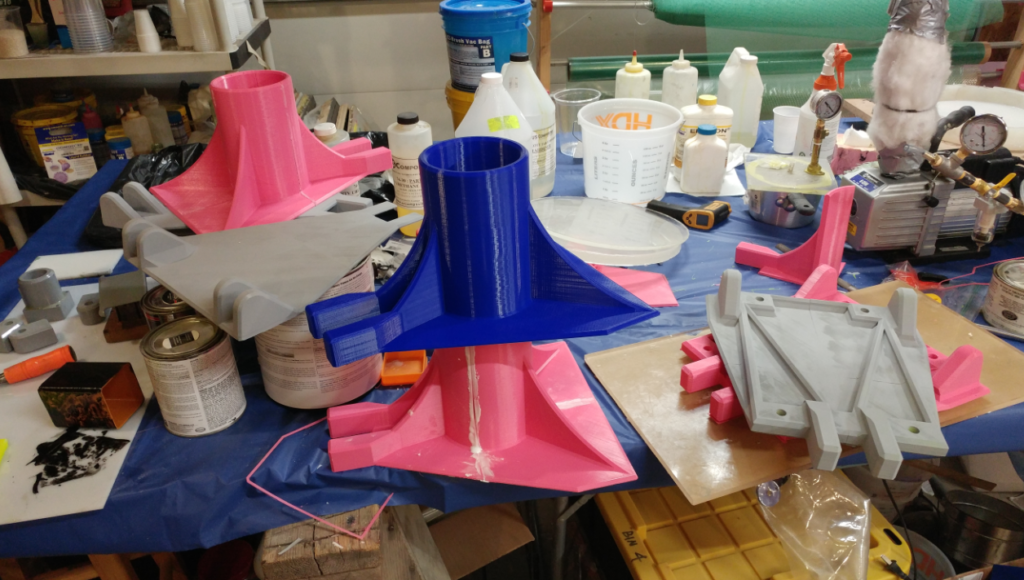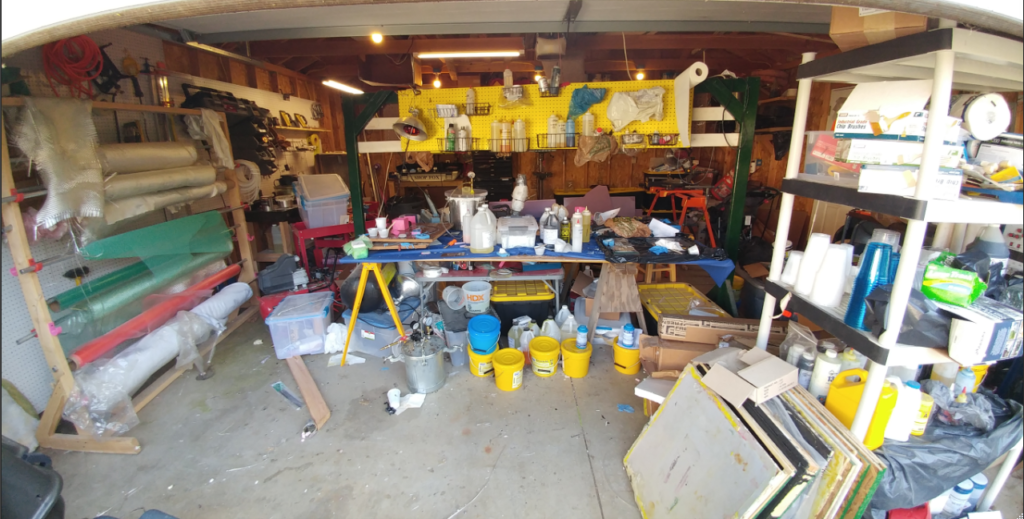After over ten years of development, several potential spin-off ventures and the creation of OMS Technologies, LLC for composite fabrication services, Project: Boil the Ocean- which aimed to harness the vast power of the sun with concentrated solar– is now cancelled.
More solar energy still hits the Earth in one hour than all of humanity consumes in a year. OMS still continues a mission of cutting the costs of sustainable energy in half. And harvesting solar energy still remains a worthwhile pursuit.
So then why cancel Boil the Ocean?
First, is the matter of photovoltaic modules, and their persistent decline in cost. This has resulted in a levelized cost of electricity from solar modules lower than all other conventional sources of electric power. Coal, natural gas, nuclear, hydroelectric, geothermal. All of them. The ongoing cost reductions in photovoltaic modules and all other systems necessary to providing us cheap, reliable electric power- including battery storage– remains perhaps the most significant technological achievement of the 21st century. Photovoltaic modules have no moving parts, few maintenance demands, and simplicity of installation. Indeed, the foreseeable future of humanity’s energy needs, is solar energy. What such a low-cost, simple source of solar energy also means, is doom for all other more costly, complex power sources, including concentrated solar. Most advantages gained by concentrating solar energy, can be applied to photovoltaic systems, such as tracking systems, charge controlling, and other capabilities.
Then, the question arose: given the advantage of solar modules, why not ditch the concentrated solar, and focus entirely on the OMS-developed low-cost solar tracking system (basically, the hardware that allows a solar panel to follow the sun and always capture the most possible solar power)? The answer to this became apparent, after years of development: the marginal cost advantages of the OMS-designed solar tracking system simply could not keep up with the incredible pace of solar module cost reductions underway.
And what about the whole notion of “boiling the ocean”: using solar energy to harvest the ocean’s vast resources? For several years efforts continued to develop a scalable salt harvesting system, with the thinking that a concentrated solar power plant would become developed in parallel, then use waste heat to boil saltwater, and thus leave valuable salts for harvesting. Further efforts continued to explore adding value to the sodium salts, by converting to sodium hydroxide and other related chemical products. However, industry experience has shown this type of work not to scale very well in any feasible business case. There does remain one more possibility for salt harvesting, with a scalable system, and if pursued, would kick off a new project.
So many avenues were explored, each with its own benefits and challenges. To list just a few:
- Water splitting, to create hydrogen
- Composite parts fabrication, leading to creation of OMS Technologies, LLC., to enjoy the benefits of rapid prototyping as well as scalable manufacture of complete hardware
- Fresnel lens design and manufacture, and custom manufacturing equipment specializing for this purpose
- Purchasing coastal property, for the development of a complete demonstration of concentrated solar and saltwater harvesting in one complete system.
- Manufacture of metals like sodium from salt, to add value to the salt products
- Spin-off venture to manufacture solar panel fixtures (even lined up interested customers from home to mega-watt scale applications)
This project began with enormous ambition: garage tinkerers, maybe seed funding. All systems were developed with scalability in mind, and against the practical constraints of…. garage tinkering.
Many people- engineers and laymen and passersby- proudly exclaimed along the way how such small-scale prototype development is doomed to failure, for a variety of reasons. No specific reason was ever found to justify cancelling this project. Despite persistent failures along the way, including nearly setting the garage on fire- three times. No reason to stop, that is, until the cost of solar modules persistently dropped. That changed everything. This huge energy cost reduction of photovoltaic solar modules is a wonderful thing for humanity, and doom for Boil the Ocean.
Let’s emphasize that point, because it’s really important: until solar modules dropped so low in cost, there has been no technical nor business reason to justify NOT proceeding with Project: Boil the Ocean and the development concentrated solar and saltwater harvesting. When there’s an OMS project, it will realize a conclusion that makes sense.
Also, as a direct result of this project, OMS now utilizes a number of capabilities for development, including:
- CNC milling
- 3D printing using a variety of polymers and related techniques
- CAD and simulation using Solidworks, FreeCAD, COMSOL and other tools
- Electronics and battery systems fabrication
- Composite parts fabrication using a number of techniques, including vacuum bagging, open-molding, infusion, compression molding, and proprietary techniques
- Waterjet cutting
- TIG, MIG and stick welding
- Misc. metal fabrication
So with all the solar energy hitting the earth, and low cost solar modules, where do we go from here?
To answer that question, check out “The Case for Space Based Solar”, by John Mankins. While the Earth receives many orders of magnitude more solar energy than current and future needs of humanity, the sun gives off enough energy for billions of Earths. The small-scale capabilities of a garage tinkerer may prove far-fetched for such an enormous undertaking, but maybe there remains an essential part or service that still needs development.
